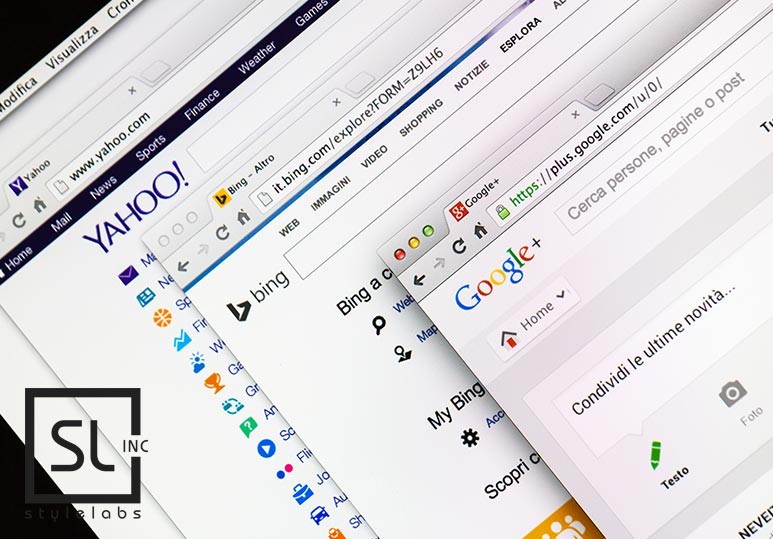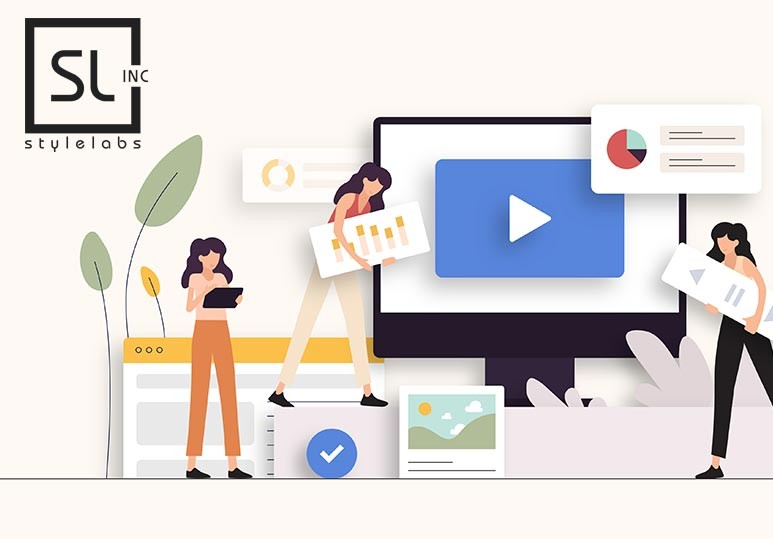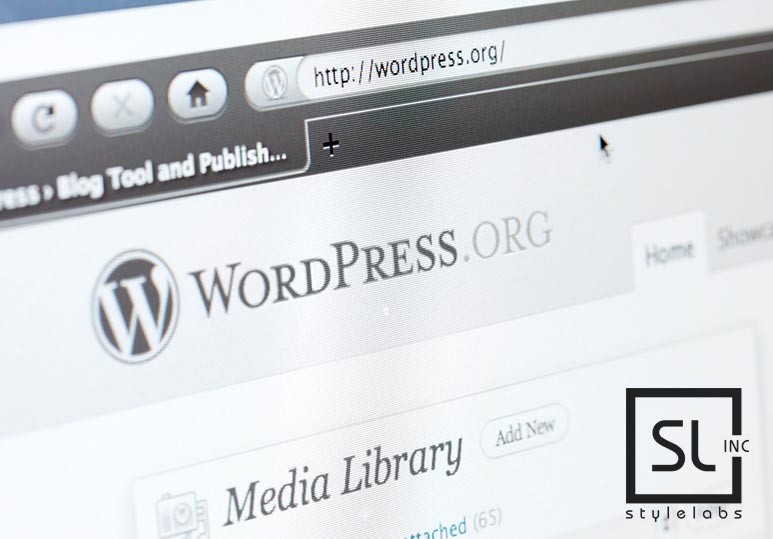With that in mind, we’ve put together a stats-based overview of four key social media platforms, to help you decide which would best complement your business's marketing efforts.
42% of Canadian adults have a Twitter account, and many use the platform to stay up to the minute with their peers' lives, popular culture, the news, and more. The site’s 280-character limit doubled from 140 in 2017, but most users stick to, and prefer, shorter tweets.
Twitter also has hashtags, allowing you to categorize your content with other tweets of the same topic, and, of course, it also allows users to create their own branded hashtags. When it comes to advertising, Twitter offers ad options and Promoted Video. The latter can be up to 20% better at driving sales than other Twitter ad formats
Is This Platform Right For Your Business' Marketing Efforts?
Pros:
- Unlike other platforms, Twitter doesn’t use an algorithm that determines how many of your followers will see your post. If your followers are scrolling, they’ll see it (although whether they take action is up to you!).
- Tweets can be crafted quickly. The character limit means that you don’t have to worry about writing and editing a lengthier post.
- When each tweet is based on a succinct thought, it takes only a few moments to compose, and tweets can be proofread equally quickly.
- Businesses shouldn't feel limited to connecting with potential clients. According to an experiment by Wordstream, Twitter is an excellent way to engage with other businesses and industry experts as well.
Cons:
-
Twitter demands that you stay up to date. While scheduled tweets can definitely be beneficial, you need to recognize the importance of @replies and organic tweets in response to ongoing discussion related to your industry. For small organizations, this might not be the best option.
-
Posts should focus on more than just your company. On their site, Twitter cites how when Netflix posted a link to an article on women inmates, it led to a higher ROI than a banner ad for the show “Orange is the New Black”. If you don’t have the time to branch out and research the most creative options for your company’s advertising needs, this platform might not be the one for you.
YouTube
Youtube is a favourite among Canadians. 59% of online adults having an account. Youtube’s rise to prominence is reflected in the fact that 77% of marketers surveyed in Social Media Examiner’s annual study of over 500 marketers wanted to learn more about video marketing.
Youtube allows businesses to publish their own content, advertise in-stream or in-display, and collaborate with creators and influencers.
Is This Platform Right For Your Business' Marketing Efforts?
Pros:
- YouTube is the second largest search engine in the world. Approximately 33% of all online activity is spent watching video content, and that 75% of users visit a marketer's site after viewing a video. More than 50% of total internet consumer traffic went through YouTube in 2014.
- Youtube videos are easy to embed in your website, and can be incredibly effective for sharing on social media. This is true whether you’re sharing the full video or repurposing and uploading snippets to get a higher reach.
- Social Media Examiner notes that due to profile pictures and statuses, Youtube can also be seen as a social network, in addition to a search engine and video repository. We’d add that likes, comments, and shares solidify this even more.
Cons:
-
On YouTube, it can be easy to conflate popularity with results. It’s important to decide the goals related to your campaign, and tailor the style of your video accordingly. For example, an entertaining video might garner likes and attention, but if your goal is sales conversions and your video fails to achieve that, you will not meet your campaign goals.
-
You need the resources to publish consistently. Content needs to be published consistently to build a following. If you’re not sticking to a highly dense schedule (ie. you’re posting weekly or monthly updates rather than every few days), you can gain benefits by posting on a regular schedule--subscribers and unsubscribed fans alike will be more likely to check back on your site for updates.
Linkedin, as a social networking site, is a lot more niche than the two other platforms that we’ve explored. It has a strong focus on business and industry. That said, it’s still quite popular: 46% of online Canadian adults have an account. According to Hootsuite, in 2016, 50% of B2B buyers used LinkedIn when making purchasing decisions, and is the number one social media platform for professional content distribution.
The gender divide is split 56-44 in favour of men. 38% of college-educated men and women are on LinkedIn, compared to only 16% of those who have some college education. Additionally, the demographic skews older than on Twitter. Business Insider notes that it’s the perfect place to reach adults between 30 to 49 years old.
Is It The Right Platform For Your Business' Marketing Efforts?
Pros:
- While users may spend less time on LinkedIn than they do on other platforms, but they are not merely casually browsing. They’re looking for information to help their careers and businesses. For example, 80% of LinkedIn members want to enhance their decision making by connecting with other companies.
Cons:
-
Since Linkedin is focused on business, it might not be best for marketers seeking to engage with a younger audience, or aiming to distribute content that is not business-related.
-
You’ll need to do some research to truly find out whether your audience is on LinkedIn - going based on age groups or general demographic data isn’t enough, due to the website's more niche and professional nature.
No Matter What Platform You Choose, We Can Help
Once you’ve decided what platforms would best to reach your customer, you can start creating a presence. Whether you’re creating organic posts or using your chosen platform's ad services, it’s important to have clear goals and a plan on how to achieve them.
Want to save time, effort, and avoid the learning curve? Get in touch with our team. Whether you're not sure where to start or need advice on taking your social media management to the next level, you can reach us at 587-880-3358 or through our online contact form.
Sources:



